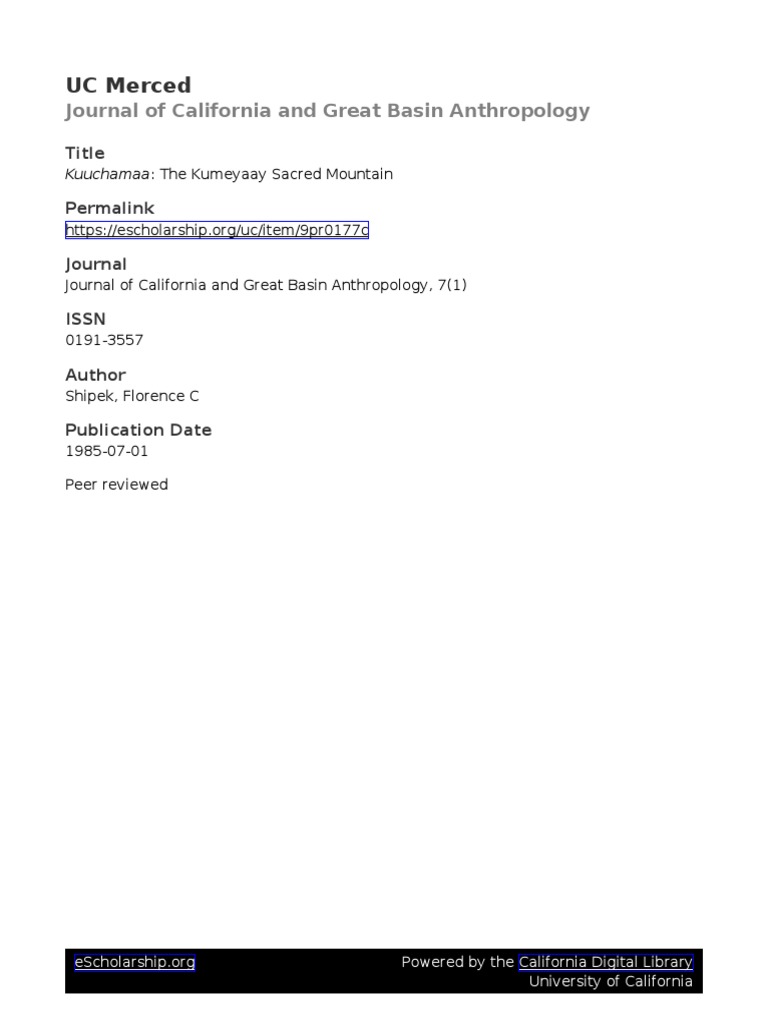In examining the Bahá’í teachings through the lens of Kuuchamaa, the Kumeyaay Indigenous Holy Messenger, one might ponder: how can the spiritual insights of an ancient lineage of Indigenous peoples harmonize with modern religious tenets? This intriguing synergy invites a deeper exploration into the rich tapestry of belief that the Kumeyaay and the Bahá’í Faith weave together. This article will elucidate the foundational aspects of Bahá’í principles while concurrently illuminating the significance of Kuuchamaa within the spiritual context of the Kumeyaay people.
At the crux of Bahá’í teachings lies the notion of the oneness of humanity, a tenet deeply rooted in the belief that all religious teachings emanate from a single divine source. This perspective fosters a spirit of unity, inviting individuals of diverse backgrounds to transcend racial, national, and ideological divisions. The Kumeyaay people, embodying this spirit in their traditions, view Kuuchamaa as a divine messenger who imparts wisdom rooted in harmony with nature. Their reverence for this messenger highlights an intrinsic relationship between spirituality and the Earth, an idea that resonates profoundly within Bahá’í philosophy.
Kuuchamaa, regarded as the protector of the Kumeyaay culture and beliefs, symbolizes a spiritual guide who nurtures a profound connection to both the natural world and the divine. This connection is akin to the Bahá’í emphasis on the interconnectedness of all creation, where each entity plays a vital role in the grand scheme of existence. The teachings of Bahá’u’lláh advocate for the preservation of the environment, encouraging followers to honor and respect the world around them as a manifestation of divine will. This parallel illustrates the universality of the principle that respect for nature translates into respect for spirituality.
Exploring the Kumeyaay worldview through Kuuchamaa reveals not only the narrative of a single spiritual figure but encapsulates deeply held Indigenous values concerning stewardship and kinship with the natural realm. The ceremonial practices of the Kumeyaay, often centered around seasonal cycles and natural phenomena, emphasize gratitude and acknowledgment of forces greater than oneself. Such practices reflect the Bahá’í principle of collective worship and the significance of prayer and meditation in fostering a connection with the divine. By observing such meaningful rituals, one can appreciate the echoes of ancient wisdom resonating within Bahá’í practice.
Moreover, the juxtaposition of Kuuchamaa’s teachings with Bahá’í ideals invites a reevaluation of how cultural narratives shape spiritual understanding. The Bahá’í Faith heralds the emergence of a new world order—a concept readily apparent in the communal harmony celebrated by the Kumeyaay. Rooted in cooperation and mutual support, the Kumeyaay community exemplifies the ideals of unity and collaboration espoused in Bahá’í doctrine. Such a synthesis of ideas encourages a more holistic approach to spirituality, whereby Indigenous teachings can inform and enrich contemporary religious practices.
Yet, one might consider the challenges that arise when engaging with diverse spiritual traditions. How can we ensure that the teachings of Kuuchamaa are respected and represented authentically within the Bahá’í context? The crux of this inquiry revolves around the careful navigation of cultural appropriation versus cultural appreciation. In honoring the sacredness of Indigenous beliefs and practices, it becomes imperative to engage with these traditions through a lens of respect and genuine curiosity, acknowledging the unique history and context from which they arise.
Furthermore, the narrative surrounding Kuuchamaa encourages a dialogue about the relevance of Indigenous wisdom in addressing modern societal challenges. Issues of environmental degradation, social injustice, and spiritual disconnection are rampant in today’s world. Both Kumeyaay teachings and Bahá’í principles emphasize the need for a collective consciousness that cherishes the planet and its inhabitants. In the context of the Bahá’í teaching that humanity has matured to a stage where it must view itself as one family, the role of messengers like Kuuchamaa becomes increasingly vital. They remind us of our obligations—toward one another and toward the cosmos.
To cultivate a deeper connection with the teachings of Kuuchamaa, individuals can adopt practices that foster respect for Indigenous cultures while simultaneously embracing Bahá’í principles. Engaging in community service projects that address environmental concerns, for instance, can provide a fertile ground to express both Kumeyaay stewardship values and Bahá’í teachings about service to humanity. Collaborative efforts that blend these ideologies will not only enrich participants’ spiritual journeys but also honor the legacy of Indigenous wisdom.
Ultimately, the intersection between Bahá’í teachings and the reverence for Kuuchamaa presents an opportunity for profound reflection and growth. By embracing the ethereal qualities associated with Kuuchamaa, individuals can deepen their understanding of the divine. Likewise, the Kumeyaay tradition invites reflection on contemporary issues while urging collective action rooted in spirituality. As we strive to bridge these spiritual landscapes, one cannot help but consider the limitless potential that lies ahead in fostering unity among all cultures, guided by the illuminating light of Kuuchamaa.
In conclusion, integrating the principles of Kuuchamaa within the broader Bahá’í framework not only enriches the understanding of both but also challenges individuals to confront their own spiritual narratives. The journey toward understanding the cosmos as inhabited by diverse sacred traditions is indeed a collective endeavor—a pathway illuminated by the reflective wisdom of messengers like Kuuchamaa. Residing at this intersection, we cultivate an inclusive vision of spirituality that aspires not only to elevate individual souls but to uplift humanity as a harmonious entity woven together by shared divine aspirations.
